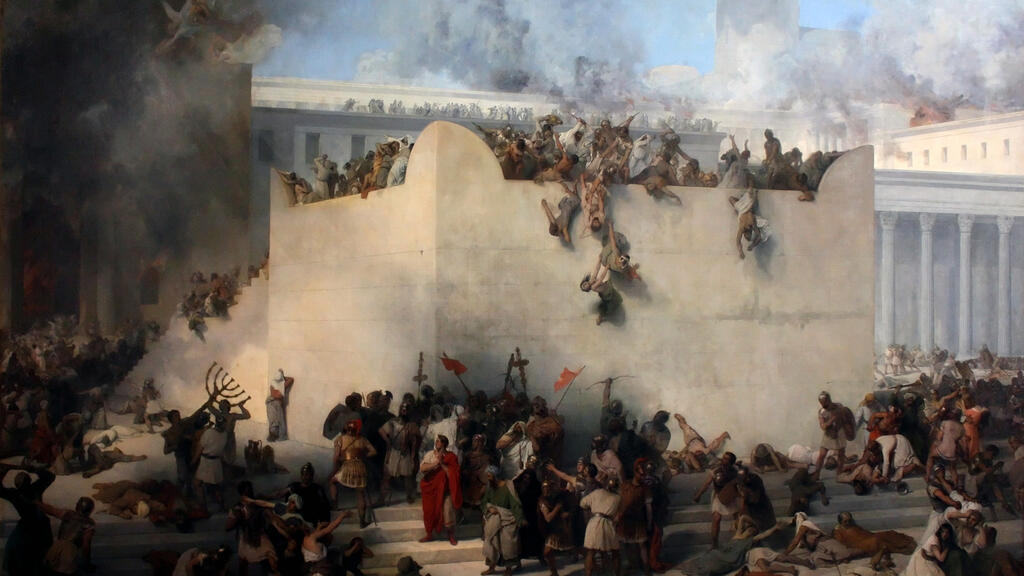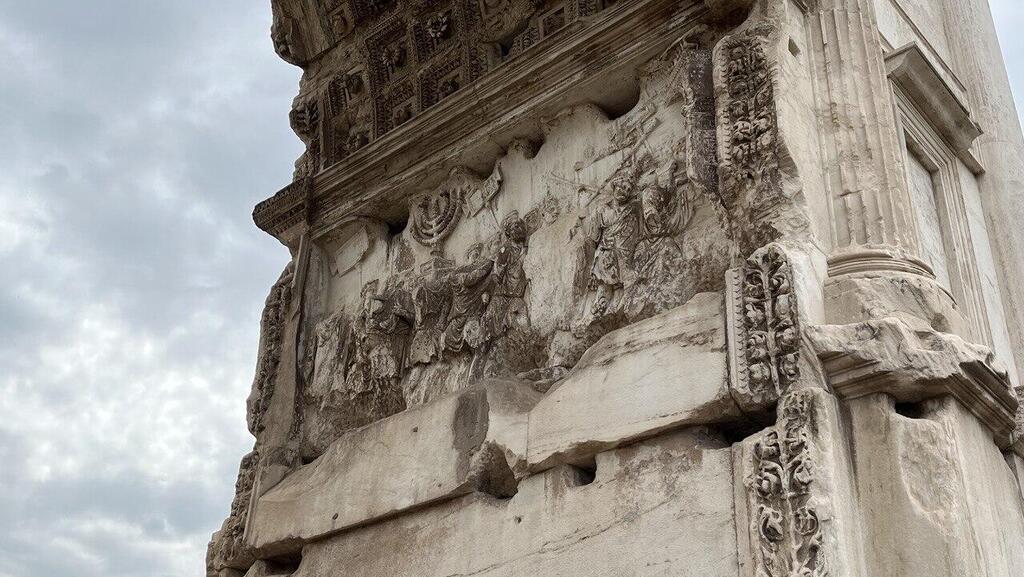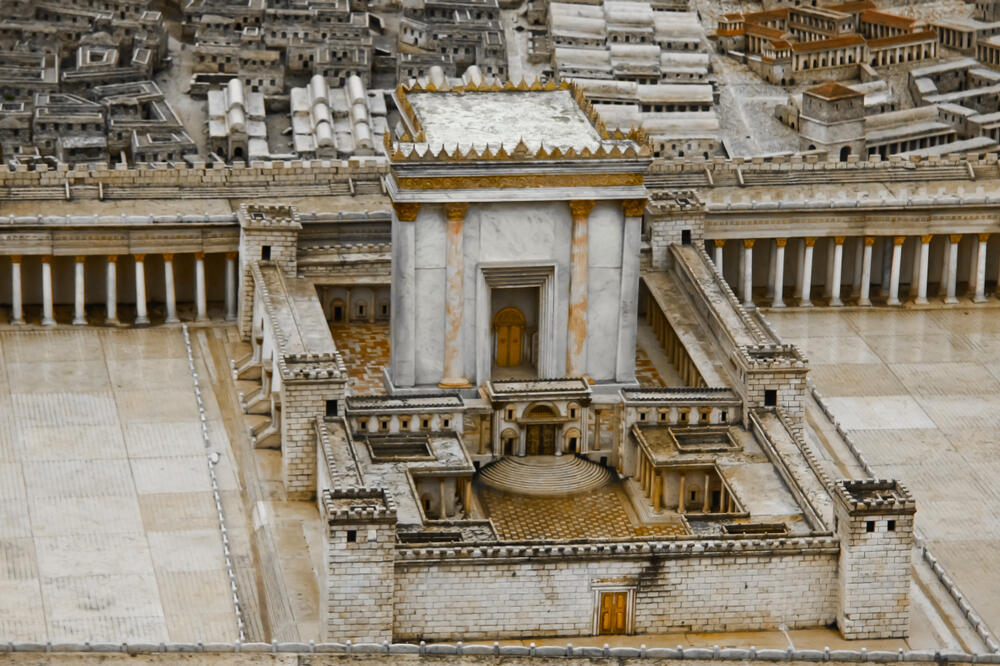In 70 CE, after several years of campaigning to pacify a Jewish revolt against Roman rule in Judea, Titus Caesar Vespasianus, who would later become an emperor, broke through the walls of Jerusalem and looted the Second Temple which had stood since 516 BCE.
More stories:
Its subsequent destruction following the Roman occupation was an event that fundamentally changed both Jews and Judaism as a whole, and the event’s date in the Hebrew calendar - nine in the month of Av - has become an annual Remembrance Day in Jewish tradition that continues even to modern times in Tisha B’Av.
Following the Roman conquest of the region, much of the Jewish population that thrived in Judea was either killed, sold to slavery or fled to various locations in which the Jewish Diaspora thrived in the ancient world, mainly in Babylon, Greece and Egypt.
According to Josephus Flavius, a Roman-Jewish historian who accompanied the Roman army in Judea after his capture in one of the battles, 1.1 million people, most of them Jews, were killed in the siege on Jerusalem, 97,000 were enslaved and 40,000 survived being allowed to go where they wished by the Roman emperor at the time Vespasian.
Roman forces wouldn’t finally quash the Great Revolt until 73 CE at Masada, where the final remnants of Jewish opposition made their final stand. However, the loss of the Second Temple three years prior meant the loss of various beliefs and traditions which centered around the Temple for more than 500 years.
Following the destruction of the Temple, the entire High Priesthood class - which played an important role in Jewish religious, political and social affairs - was removed from power.
Since the Temple gave both legitimacy and a center of worship to the Jewish people in Judea and the Diaspora, they were at a loss as to how their religious lives would look like onward. Processions that have taken place at the Temple, including the pilgrimage festivals as well as tax collection were no longer able to take place.
Amid the turmoil and with a strong desire to preserve their religious unity and way of life, the Jewish community turned to the Jewish Sages, later known as the rabbis. They skillfully reshaped Jewish society and religion, ensuring its survival even without a unifying force, such as a Jewish state or a central temple for worship.
The turn from a Judaism based in a political entity that governed the people of Judea, into one that dealt less with the state and more within its own religious doctrine in order to maintain it - proved to be a turning point in Judaism's history.
According to Talmudic texts, Rabbi Johanan Ben Zakkai who escaped the Roman siege, fled to Yavneh where he was allowed to establish a new center of religious learning as well as a court (Beth Din), filling two lost facets which the Temple once served.
While scholars may disagree on the text’s accuracy, a shift certainly took place following the destruction of the Temple that fundamentally changed the religion as was known and led to the one more familiar to us today.
However, as mentioned, the destruction of the Temple affected the local Jewish community not only in religious aspects. The local Jewish economy, government, political influence and relationship with the Diaspora all saw major shifts following the ruination of the uniting force the Temple represented.
External and internal pressures on Jews and Judaism before and after the fall, including civil strife that escalated into a war, and a new Jewish cult called Christianity that would become the world's largest religious group in later centuries.
Despite these challenges, the Jewish people and their faith have always found a way to adapt, rebuild and flourish even in the harshest conditions, and perhaps this is the greatest lesson of its history.





